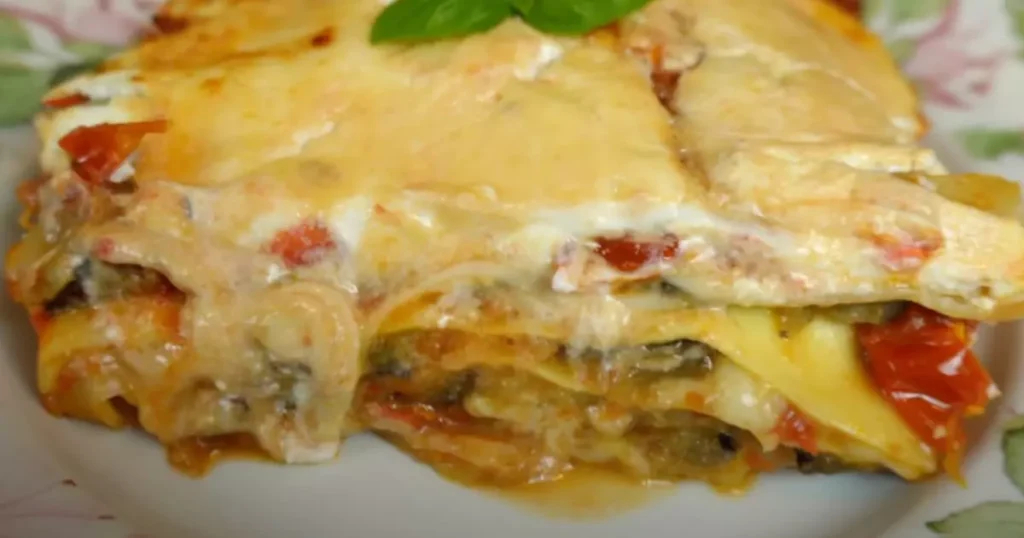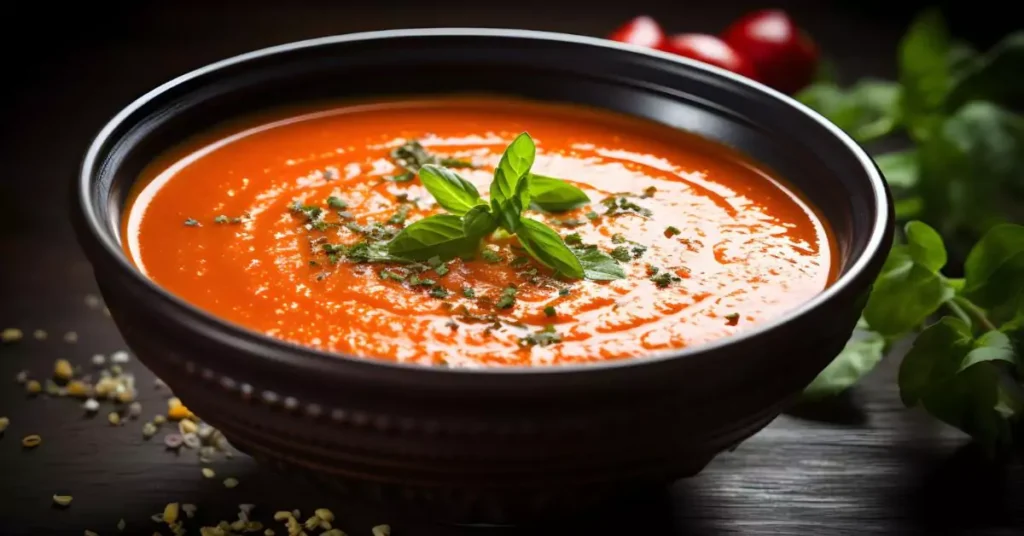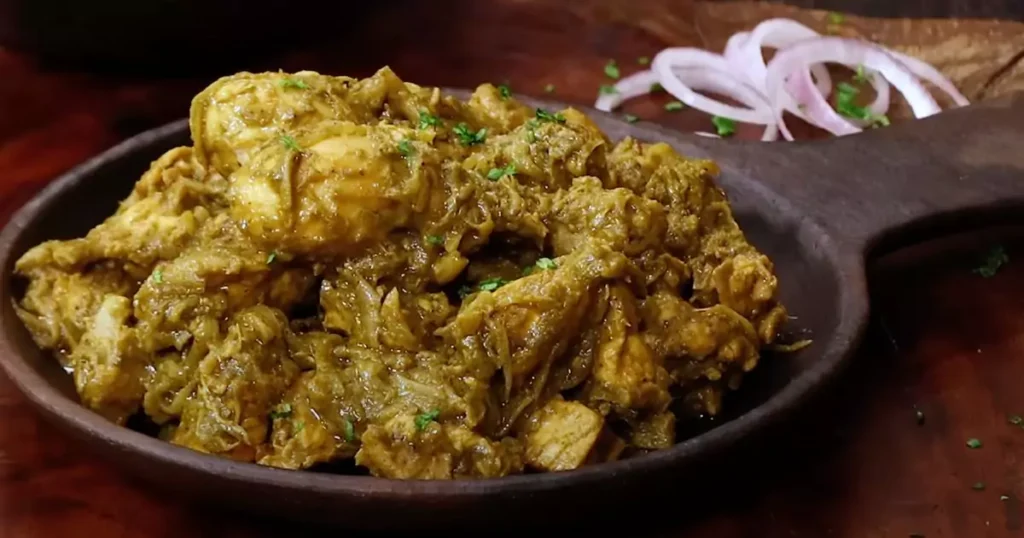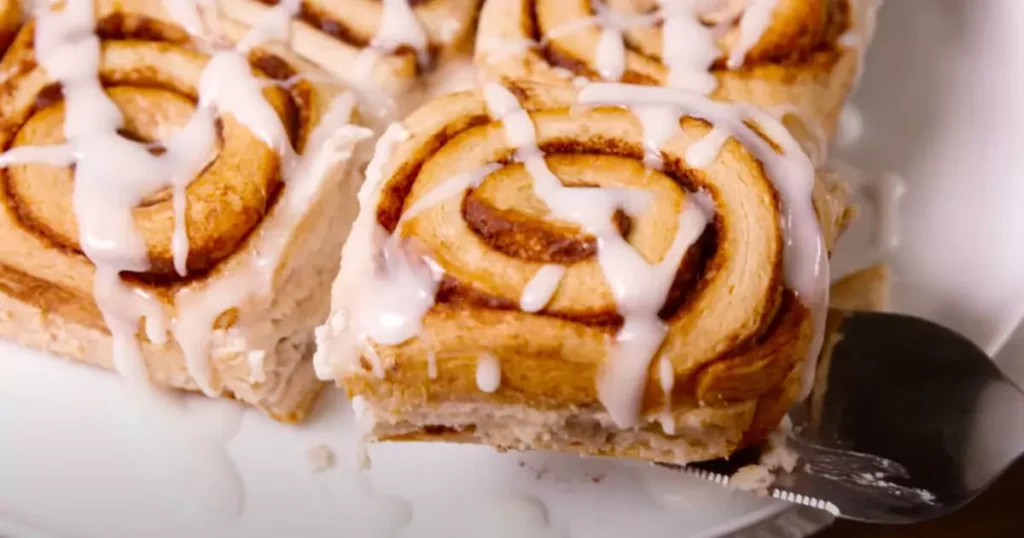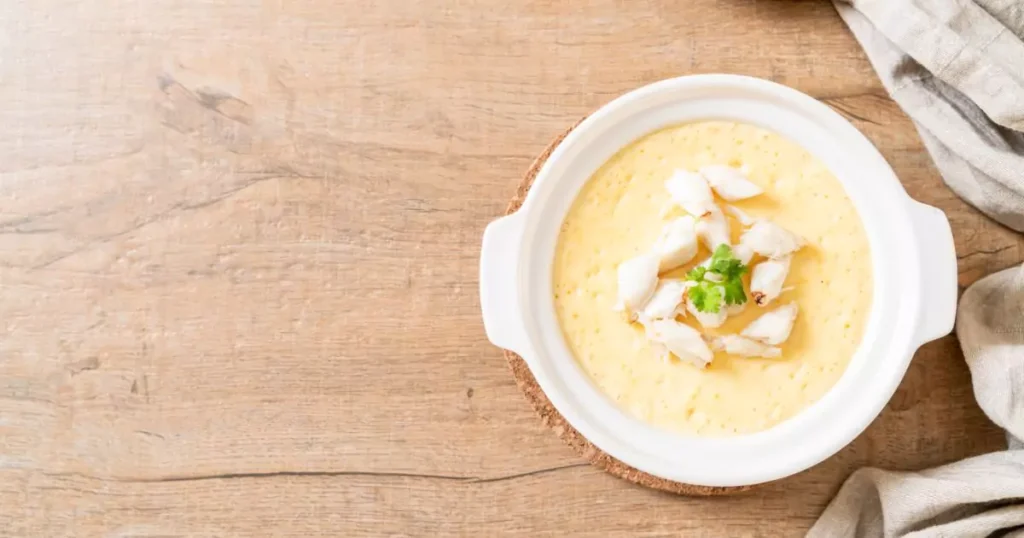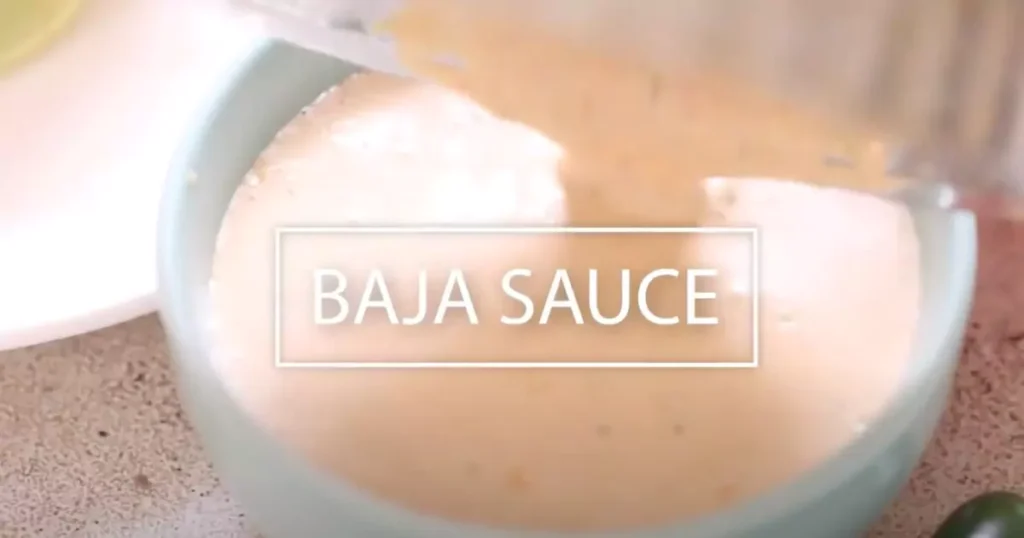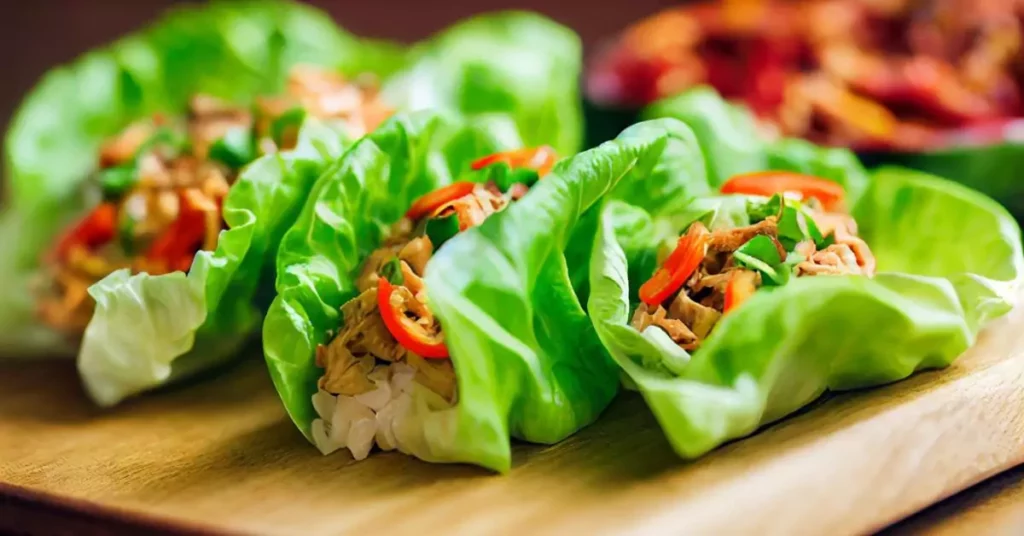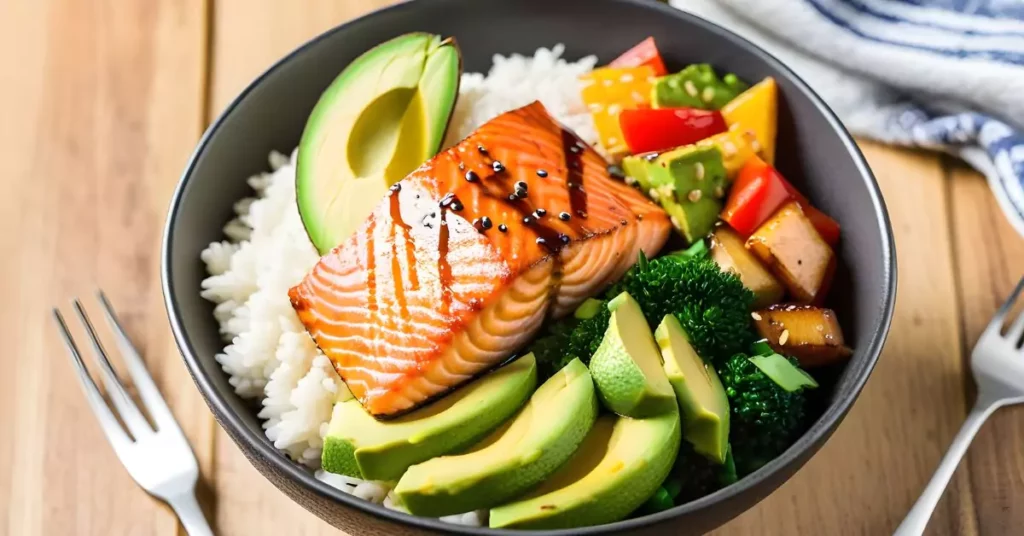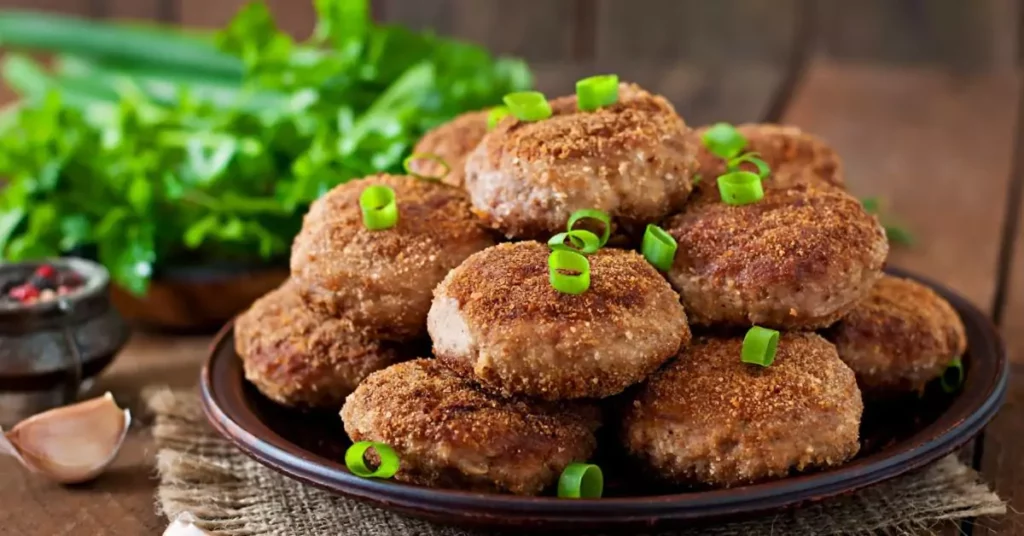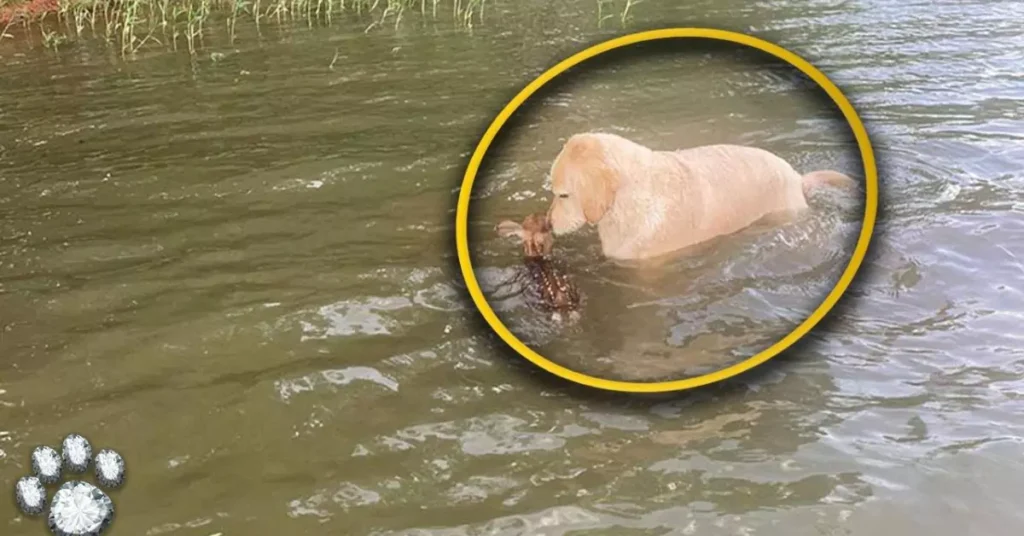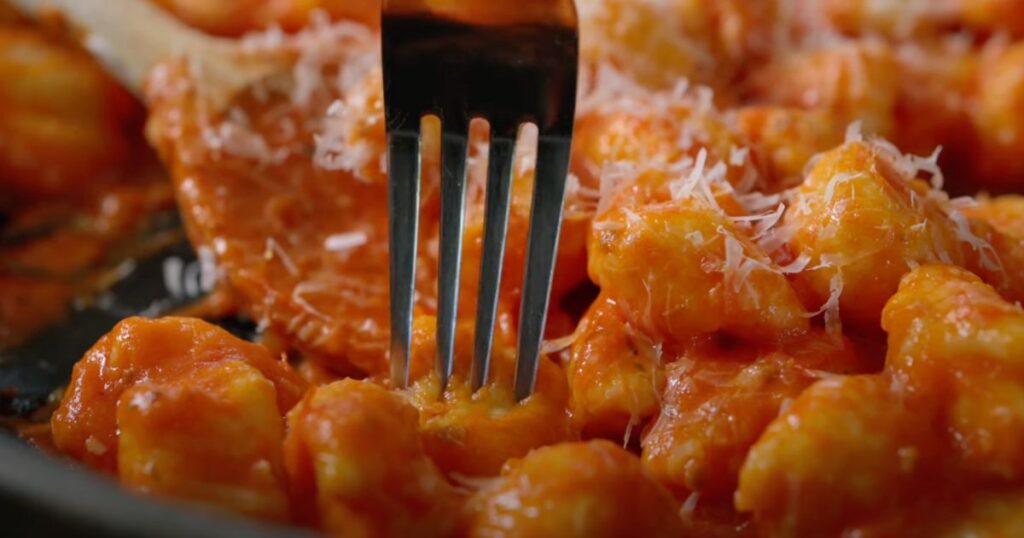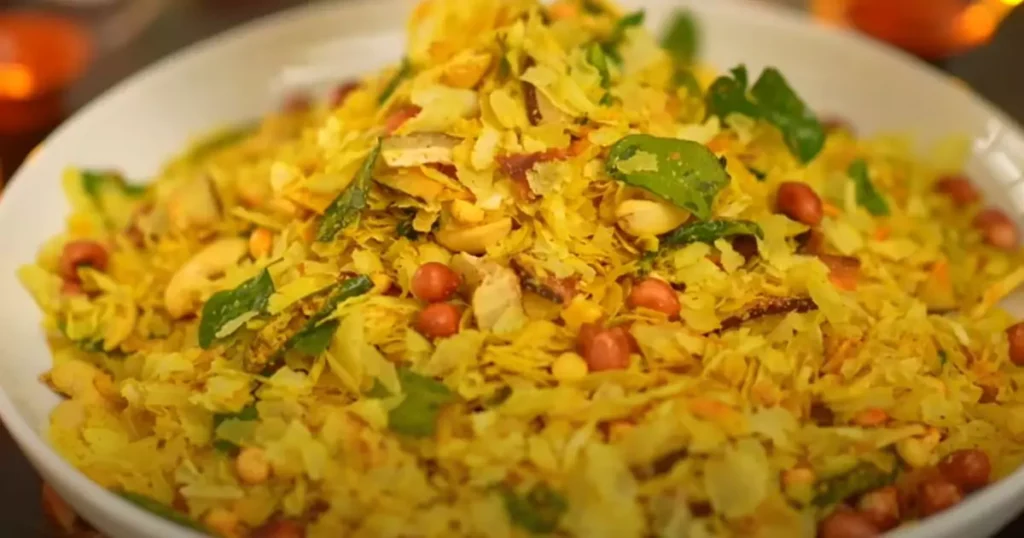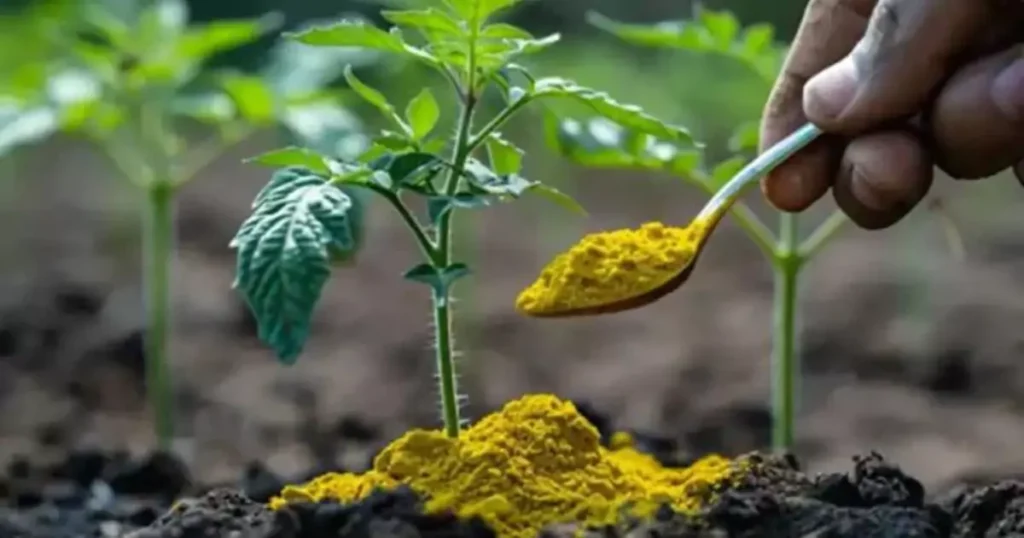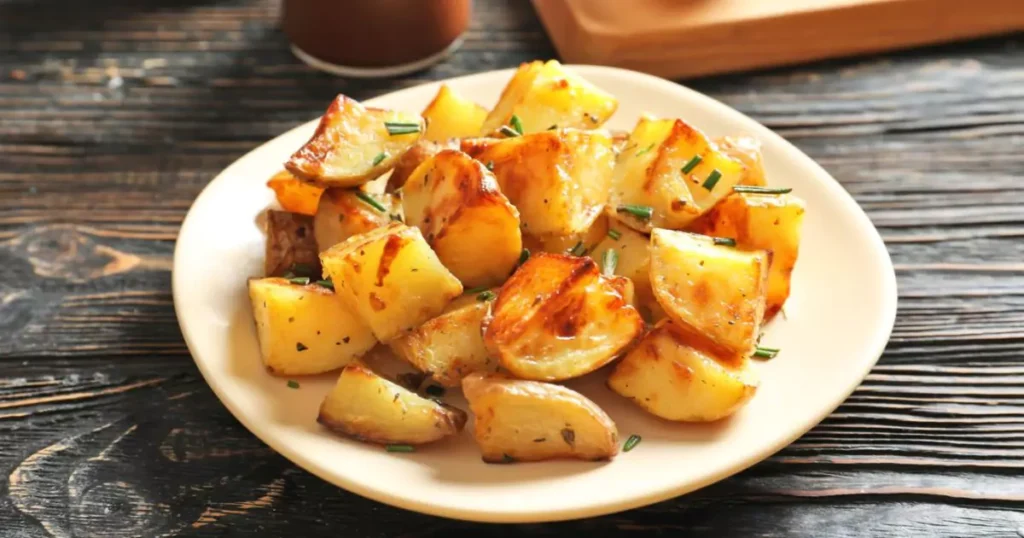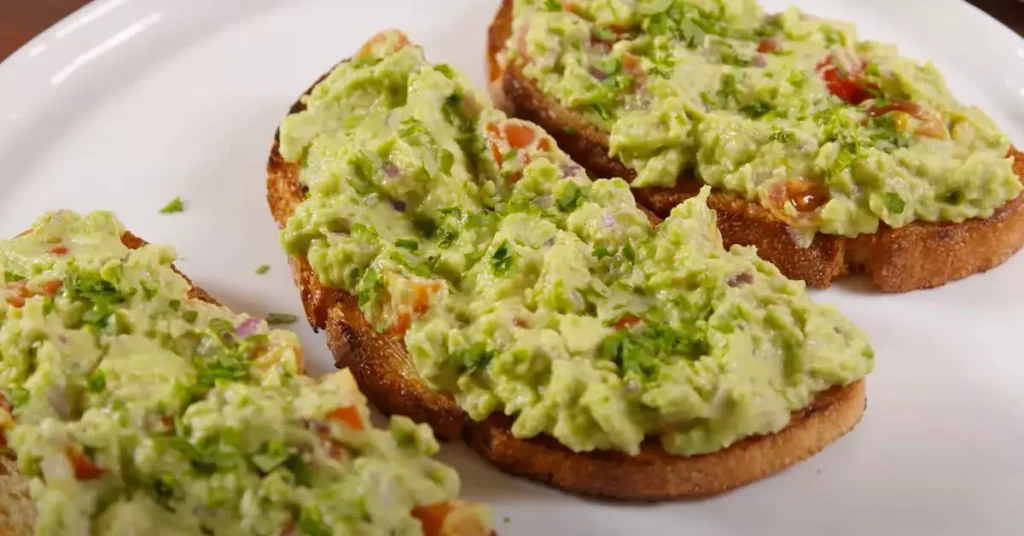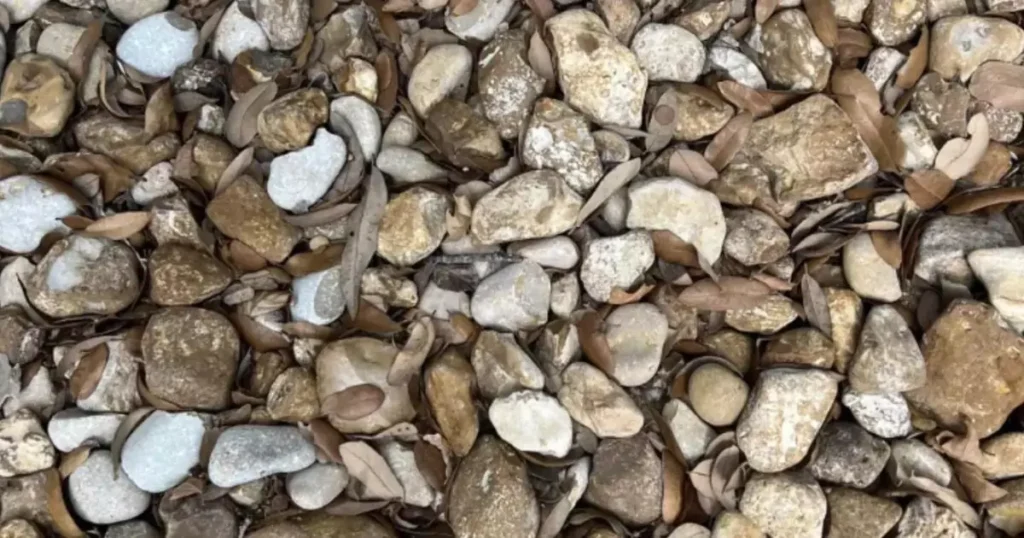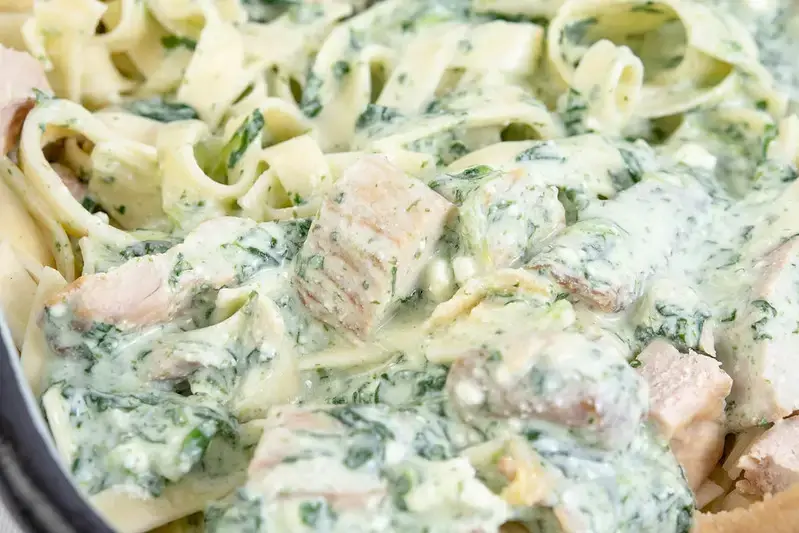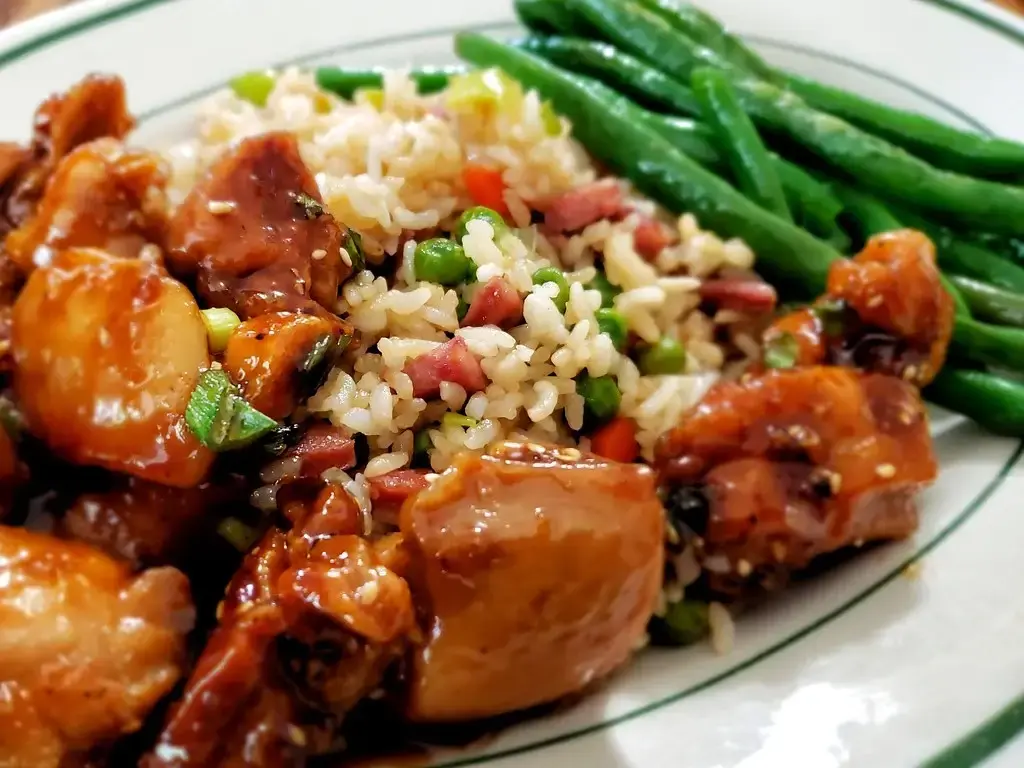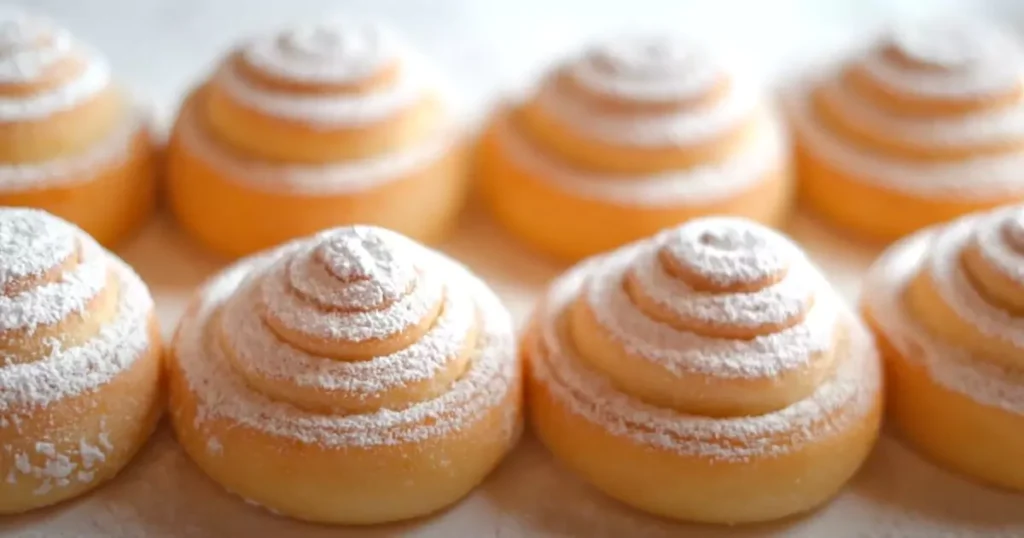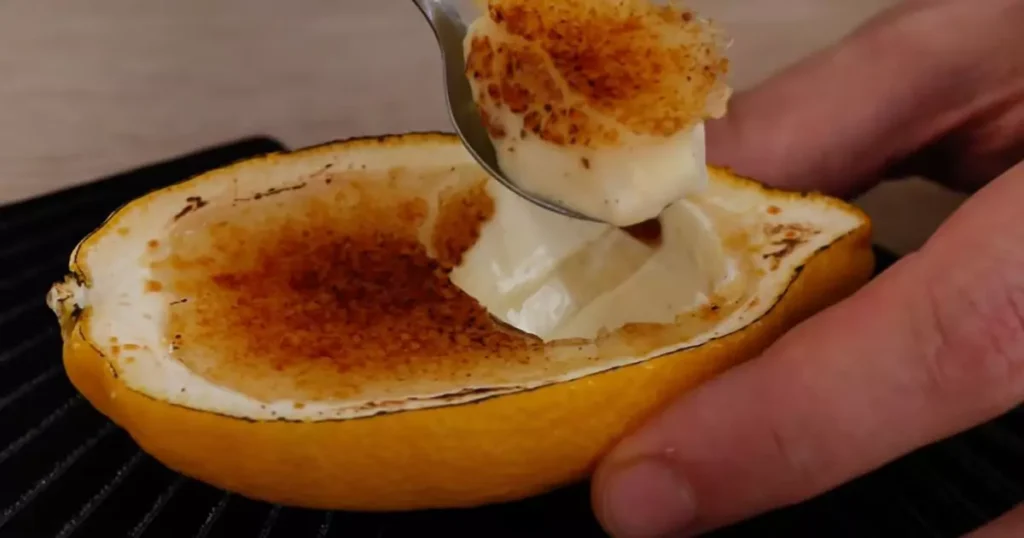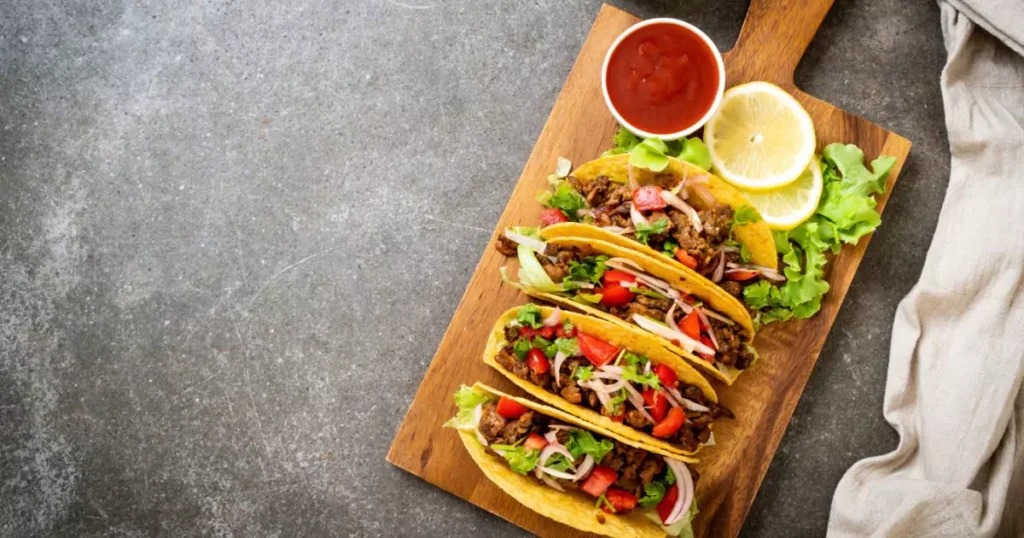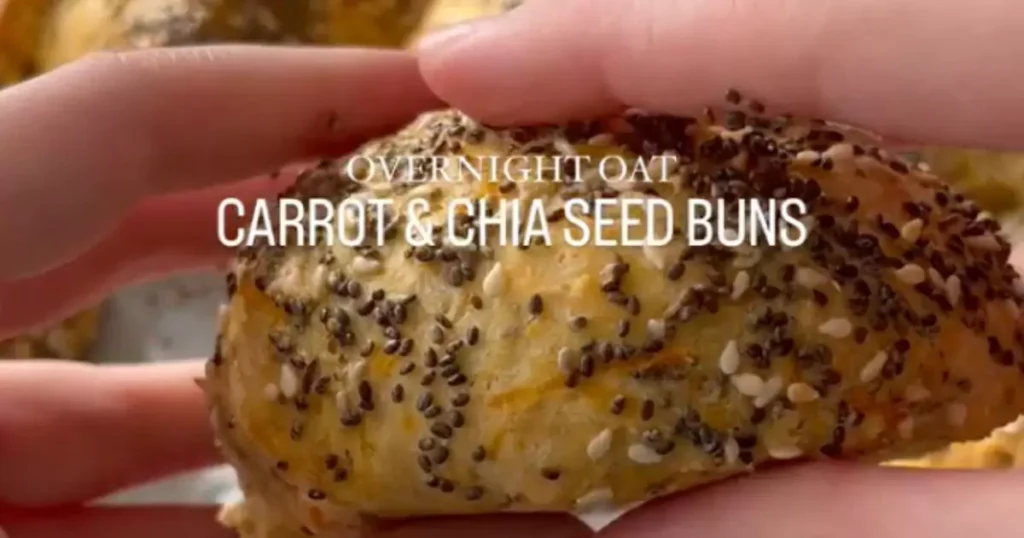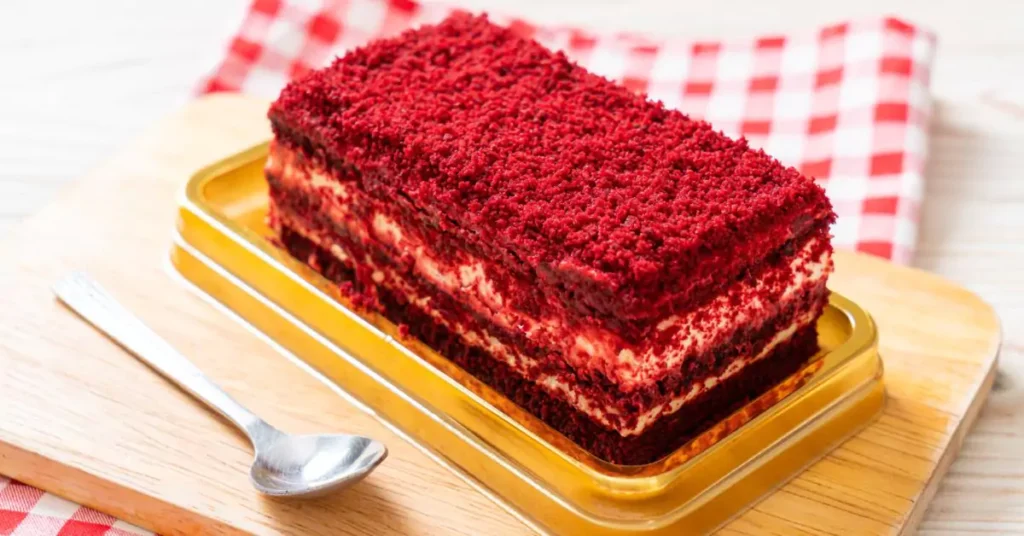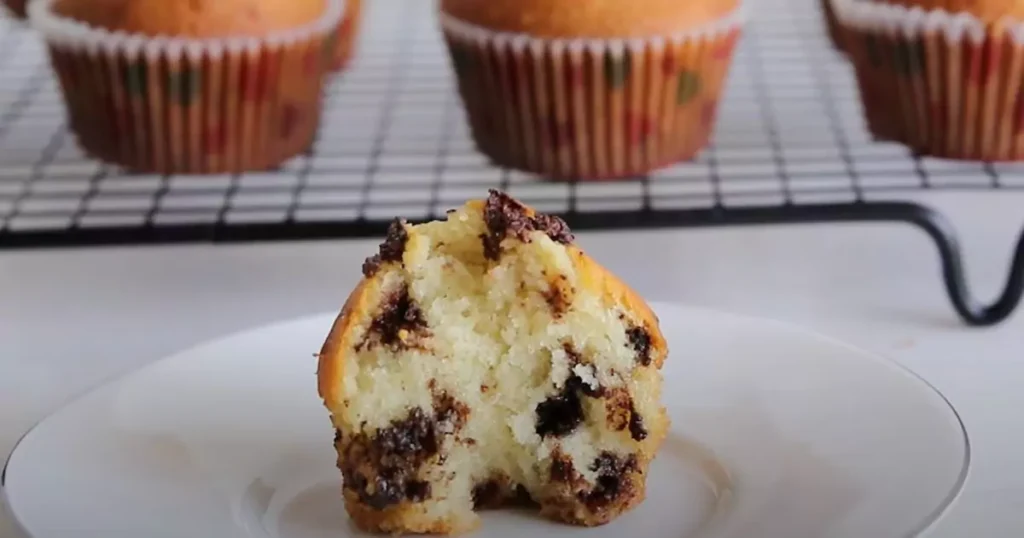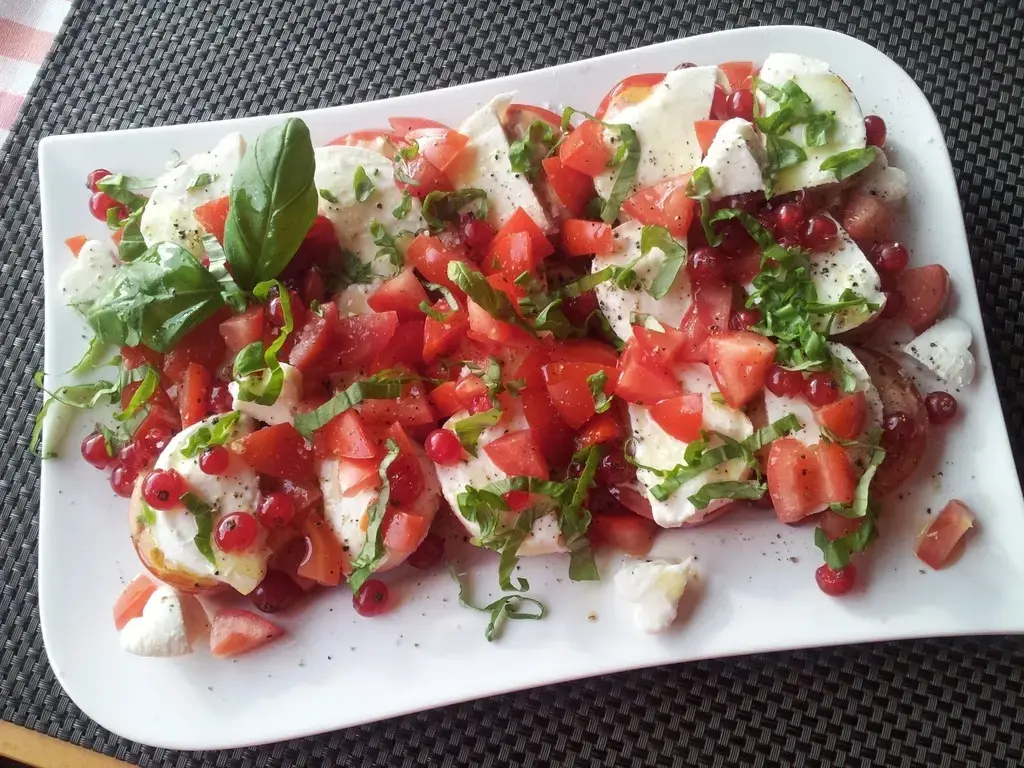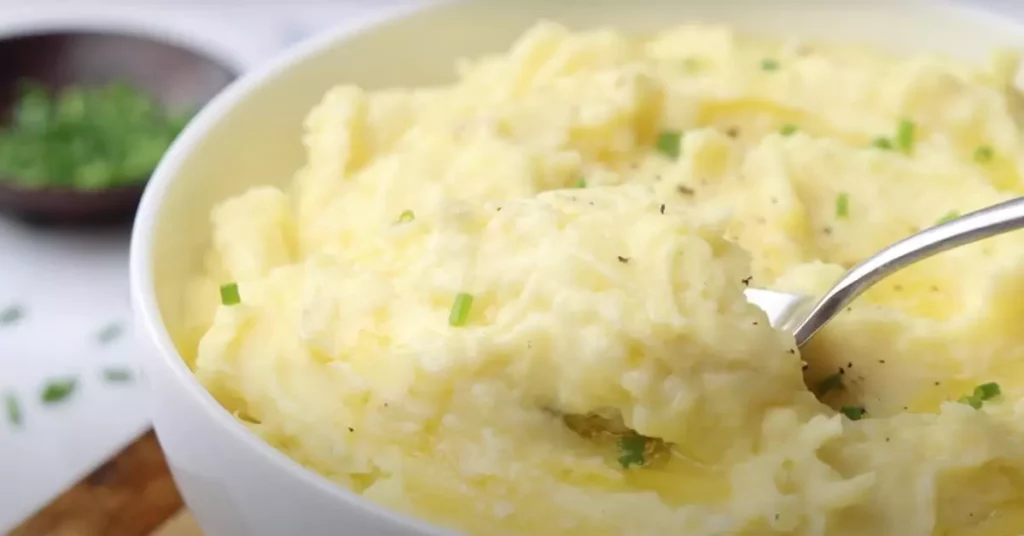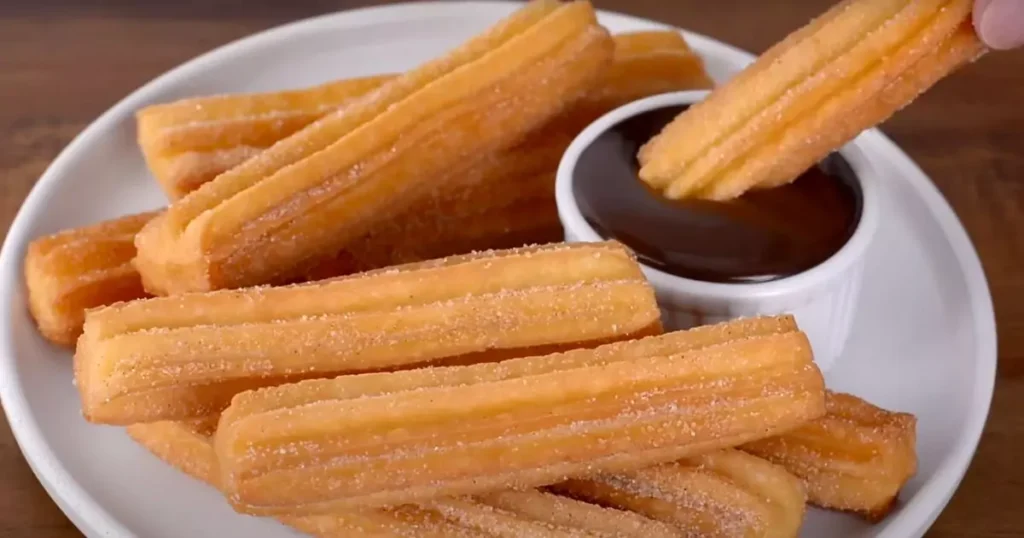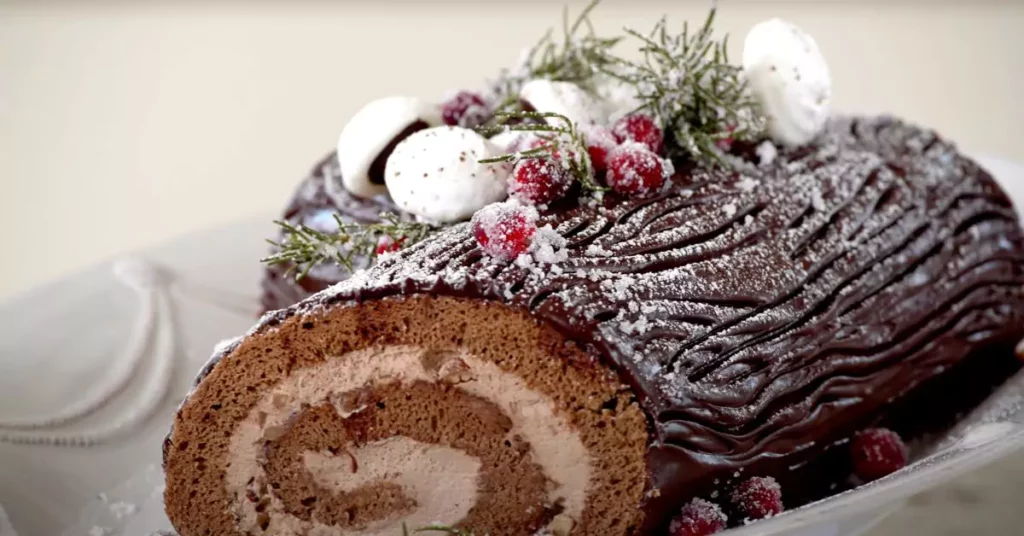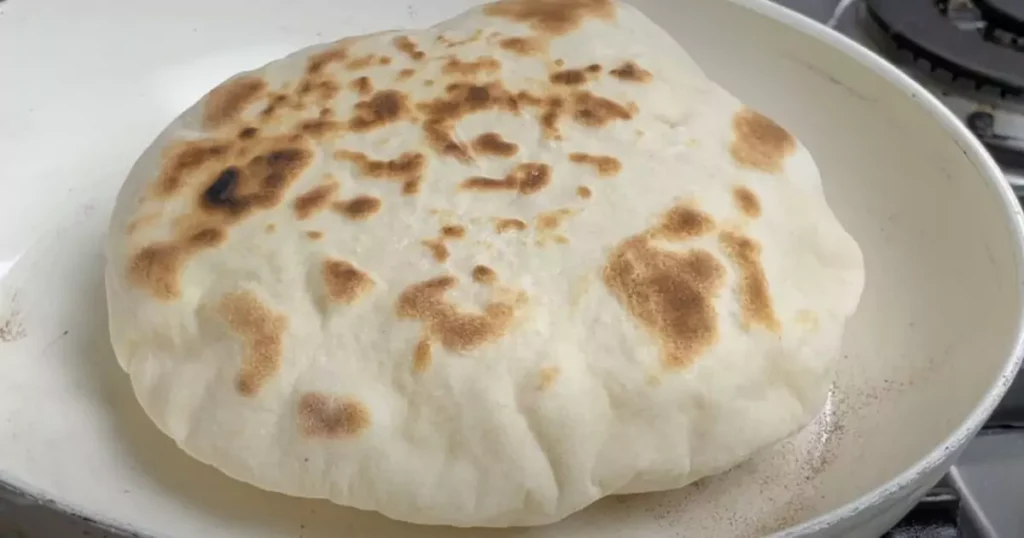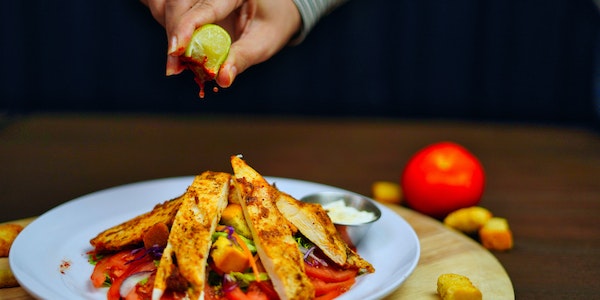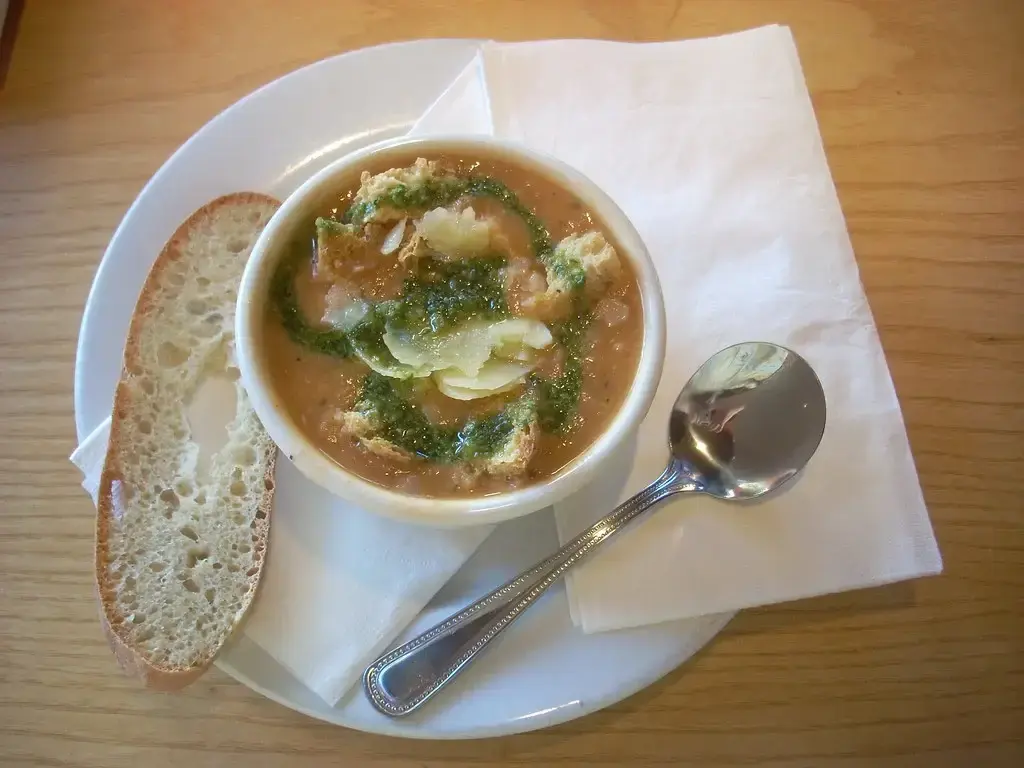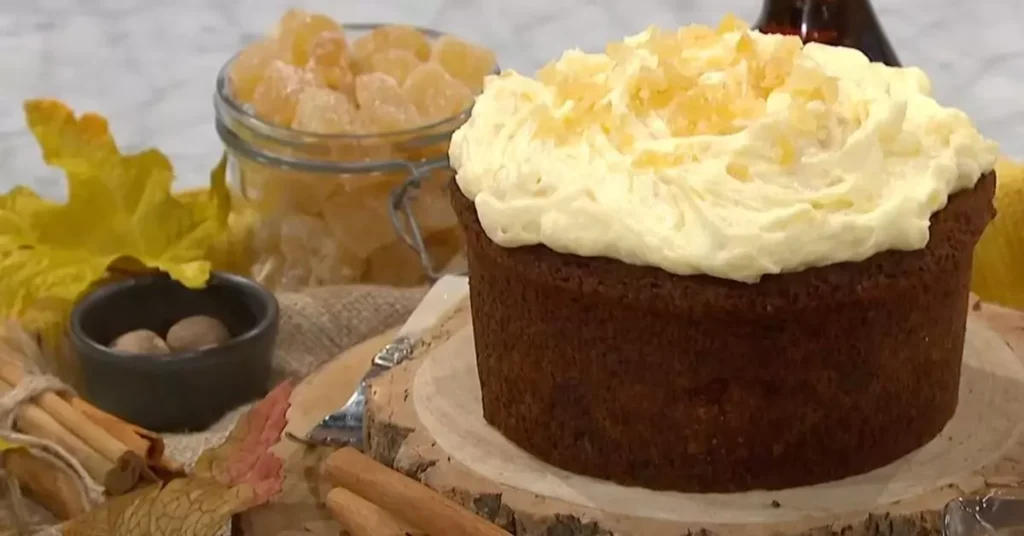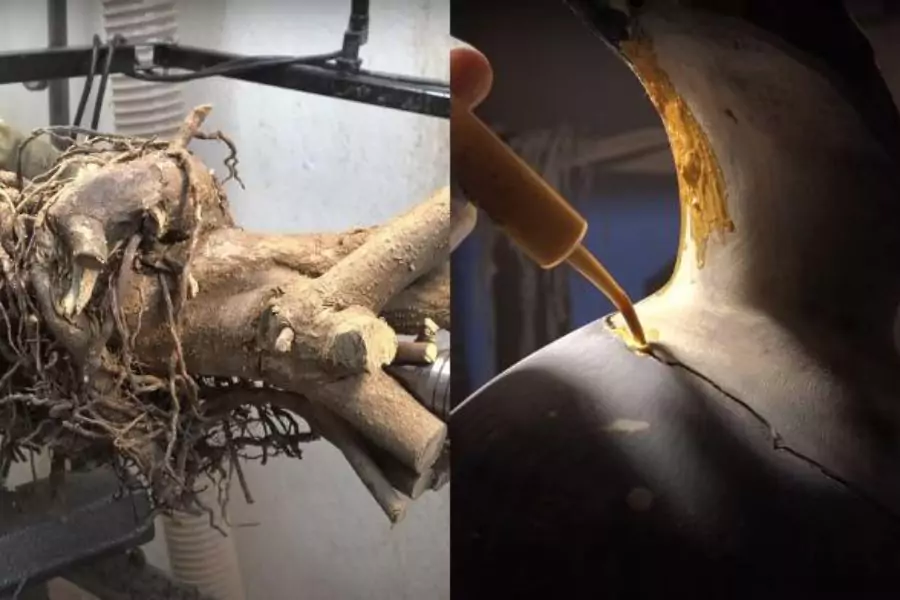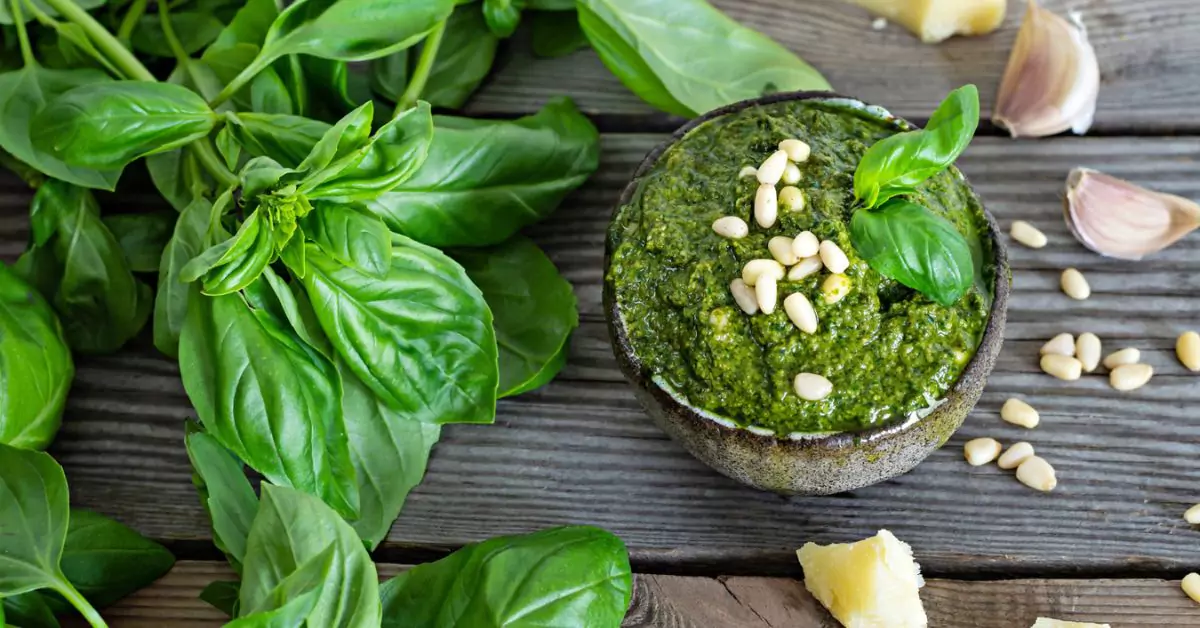
Welcome to our comprehensive guide on crafting the ultimate homemade basil pesto. This guide is not just about the recipe; it’s an exploration into making your pesto the best it can be, loaded with pro tips and tricks. Whether you’re a beginner or a seasoned cook, our guide will elevate your pesto game!
At its core, pesto is a delightful blend of basil, nuts, garlic, and olive oil. Simple yet versatile, it’s a fantastic addition to pasta, meats, or veggies. Our go-to method involves a food processor for speedy preparation, but for the traditionalists, we’ve got you covered with the classic mortar-and-pestle approach.
Creating pesto is straightforward: combine garlic, nuts, and fresh basil in a food processor, then slowly add olive oil until you achieve that perfect sauce consistency.
Advanced Tips for Superior Pesto: Unveiling the Secrets
- Blanch Your Basil: For the brightest green pesto, blanch your basil leaves. This step prevents browning and preserves that vibrant color.
- Garlic Paste Perfection: Avoid raw garlic chunks by turning your garlic into a smooth paste before mixing it in.
- Cheese at the End: Add grated parmesan cheese by hand after processing for added texture.
Versatile Variations: Adapting the Recipe to Your Taste
- Nut Substitutions: No pine nuts? Try walnuts or go nut-free.
- Herb Mix-ins: Elevate your pesto with parsley or mint.
- Vegan Adaptations: Replace cheese with non-dairy alternatives or nutritional yeast.
- Greens Galore: Experiment with spinach, chard, or kale for a different twist.
Creative Uses for Pesto: Beyond the Basics
- Enhance Your Pasta: Toss it with pasta or layer it in baked dishes.
- Diverse Dips and Spreads: Add a kick to dips, sauces, or even guacamole.
- Egg-cellent Addition: Elevate your scrambled eggs with a dollop of pesto.
- Pizza and Sandwich Twist: Replace traditional sauces for a fresh flavor.
- Salad Dressing Staple: Mix into salad dressings for an extra zing.
Recipe Breakdown: Making the Perfect Pesto
Ingredients and Quantities
- Fresh Basil Leaves: 2 cups
- Garlic: 1 large clove
- Pine Nuts or Walnuts: 1/4 cup, lightly toasted
- Olive Oil: 1/2 cup, plus extra for storing
- Pecorino or Parmesan Cheese: 1/2 cup, finely grated
- Kosher Salt: to taste
- Freshly Ground Black Pepper: to taste
Instructions
Preparing the Ingredients
- Blanch the Basil:
- Bring a small saucepan of salted water to a boil.
- Prepare a bowl of ice water.
- Submerge the basil leaves in the boiling water for 5-10 seconds, or until they wilt.
- Immediately transfer the leaves to the ice water to halt the cooking process.
- Drain and gently squeeze to remove excess water, then pat dry with a clean dish towel.
- Prepare the Garlic:
- Smash and peel the garlic clove, then mince finely.
- Using the flat side of a chef’s knife, scrape the minced garlic across a cutting board until it becomes a fine paste.
- Toast the Nuts (if using walnuts or untoasted pine nuts):
- Lightly toast the nuts in a dry skillet over medium heat until they’re fragrant. Be careful not to burn them.
Making the Pesto
- Combine Garlic and Nuts:
- In the bowl of a food processor, combine the garlic paste and the toasted nuts.
- Pulse a few times until everything is chopped small.
- Add Basil:
- Add the prepared basil leaves to the food processor.
- Incorporate Olive Oil:
- With the processor running, slowly drizzle in the olive oil.
- Once all the oil is added, check the consistency. For a smoother pesto, pulse a few more times.
- Final Touches:
- Transfer the pesto mixture to a bowl.
- Stir in the grated cheese by hand.
- Season to taste with kosher salt and freshly ground black pepper.
Storing the Pesto
- Refrigeration:
- If storing in the refrigerator, place the pesto in an airtight container.
- Drizzle a thin layer of olive oil on top to prevent oxidation.
- Cover and refrigerate for up to 2 weeks.
- Freezing:
- For freezing, omit the cheese.
- Spoon the pesto into ice cube trays and freeze until solid.
- Transfer the frozen pesto cubes to freezer-safe bags and store for up to 1 month.
| Step | Ingredient | Quantity | Instructions |
|---|---|---|---|
| 1 | Fresh Basil Leaves | 2 cups | Blanch the Basil: Boil water, blanch basil for 5-10 seconds, then plunge into ice water. Drain and pat dry. |
| 2 | Garlic | 1 large clove | Prepare the Garlic: Smash, peel, mince, and turn into a paste by scraping with a knife. |
| 3 | Pine Nuts or Walnuts | 1/4 cup | Toast the Nuts (if necessary): Toast in a skillet until fragrant. Be careful not to burn. |
| 4 | – | – | Combine Garlic and Nuts: In a food processor, pulse the garlic paste and nuts until chopped small. |
| 5 | – | – | Add Basil: Add the prepared basil to the food processor. |
| 6 | Olive Oil | 1/2 cup | Incorporate Olive Oil: With the processor running, slowly add the oil. Check for consistency and pulse more for a smoother texture. |
| 7 | Pecorino or Parmesan Cheese | 1/2 cup | Final Touches: Transfer to a bowl, stir in grated cheese by hand, and season with salt and pepper. |
| 8 | – | – | Storing the Pesto: For refrigeration, top with olive oil and store in an airtight container. For freezing, omit cheese, freeze in trays, and transfer to freezer bags. |
Health Benefits Of Basil Pesto
- Rich in Antioxidants: Basil, the primary ingredient in pesto, is packed with antioxidants. These compounds combat oxidative stress in the body, which can lead to inflammation and various chronic diseases.
- Heart Health: Olive oil, a key component of pesto, is high in monounsaturated fats and has been linked to improved heart health. It can help lower bad cholesterol levels and reduce the risk of heart disease.
- Anti-inflammatory Properties: Basil and garlic both have anti-inflammatory properties. Regular consumption can help reduce inflammation in the body, which is beneficial for those with inflammatory conditions like arthritis.
- Immune System Boost: Garlic is well-known for its immune-boosting properties. It contains compounds that help the immune system fight germs and may reduce the severity of colds and other infections.
- Bone Health: Parmesan and pecorino cheeses are good sources of calcium, which is essential for strong bones and teeth. This is particularly beneficial for people at risk of osteoporosis.
- Brain Health: Nuts, like pine nuts or walnuts, are rich in omega-3 fatty acids and other nutrients that are beneficial for brain health. They can improve memory and decrease the risk of cognitive decline.
- Rich in Vitamins and Minerals: Fresh basil is a good source of vitamin K, essential for blood clotting and bone health. It also contains vitamin A, which supports eye health and the immune system.
- Digestive Health: Olive oil aids in digestion and can help to maintain a healthy digestive system. It also has a mild laxative effect, which can help prevent constipation.
In conclusion, mastering the art of making basil pesto is not just about following a recipe; it’s about embracing the nuances that elevate this simple sauce into a culinary masterpiece. By understanding the importance of each ingredient and utilizing the pro tips provided, you can create a pesto that’s not only flavorful but also vibrant and versatile. Whether you’re tossing it with pasta, spreading it on sandwiches, or using it as a unique addition to your favorite dishes, homemade basil pesto is sure to add a touch of gourmet flair to your cooking. So, go ahead, give this recipe a try, and watch as this classic sauce transforms your meals and delights your taste buds!





